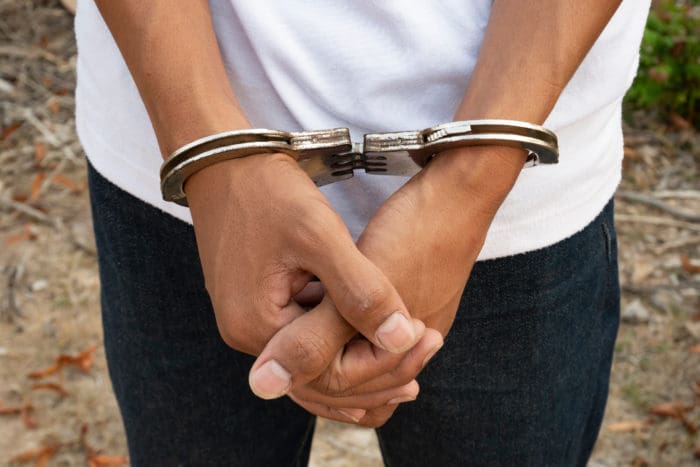By Edwin Walker
As an attorney, I’ve had a lot of experience dealing with what gun owners have done to make their situations more complicated and difficult before, during, and after using force or deadly force to defend themselves. I refer to them as war stories, but there are a lot of lessons to be learned from them and they’re useful to all gun owners. It’s best to think about these situations before they happen so you’re prepared and have the best chance of avoiding legal entanglements.
1) Know How to Handle Road Rage
One of the most common circumstances where people get charged with unlawfully using force or deadly force is during a road rage incident. Being singled out by a maniac driving a 3,000-pound deadly weapon can be terrifying. Unfortunately, it’s usually the initial victim of the road rage incident who winds up in trouble for their response.
The best defense in a road rage situation is to remove yourself from the area. Speed up, slow down, change lanes, exit the freeway…just get yourself away as quickly as you can. Then call the police and report the aggressive, reckless driver. This is not about egos, this is about staying alive while staying out of legal trouble.
If you find you can’t get away, don’t be lured into responding with your own rage. This is especially true with regard to responding with a firearm. As long as the aggressive driver isn’t threatening you with a gun or is not attempting to get into your car or pull you out of it, do not show, point, or discharge a firearm.
If the road rager is still in their car and you show them your gun, you have played right into their hands. They will likely call the police and tell them that they were minding their own business when a crazy person — YOU — pulled up beside him and pointed a gun at them. This is the ultimate form of road rage, getting you to respond with a firearm and then calling the police to report you as the aggressor.
Remember, if you’re in your metal box and they are in their metal box, the police and prosecutors will believe there was no imminent threat of harm that necessitated any response with a firearm. Even if the other party bumps your car, they’d claim it was an unintentional fender bender, and you overreacted by pointing a gun at them.
Displaying your firearm is only appropriate as a last resort to protect yourself in situations where the other person has a weapon, or the other driver is out of their car and attempting to get into your vehicle or remove you from it.
It’s a sad commentary on the world we live in, but to defend themselves against false accusations, more and more people are mounting cameras in their cars. This is not a bad idea and can certainly provide much-needed evidence in a self-defense case.
2) Using a Gun Against A ‘Less Than Deadly’ Threat
Another situation that can get people into legal hot water is when they display or discharge their firearm at another person who may appear threatening, but isn’t armed with a weapon. We have heard prosecutors say — many times — “you can’t shoot an unarmed man.”
Even though we all know that every year many people are strangled, maimed, or killed by criminals who didn’t have weapons, the police and prosecutors almost always assume the person with the gun is the aggressor when the other individual is unarmed.
It’s important to remember that words, no matter how inciting and aggressive, do not justify responding with force or deadly force. You must wait until you see a physical act that constitutes a reasonable threat of unlawful injury or death before you can legally respond with deadly force.
In many cases, this may even mean that there must be physical contact resulting in injury before a jury will find it reasonable that you shot and perhaps killed someone who merely threatened to “beat you up.”
3) Talking Your Way Into Criminal Charges
Finally, many people who have used force or deadly force in a self-defense situation have talked themselves into being charged with a crime. When the police respond, they are usually given very little information prior to their arrival.
Remember, the police are there to investigate an incident in order to determine what facts will be turned over to the district attorney. The DA will then file charges based solely on that information.
Unfortunately, the first version of events a police officer hears will often be the basis for their working theory of a case. Many times in self-defense situations, the person who calls 911 will give their version first. In these situations, it is important to remember when speaking with the police and 911 operators that the facts you give are limited to only those detailing the criminal acts of the other person.
I have seen situations where simply agreeing with some of the “facts” the police have gotten from other sources can give them enough corroboration, and can ultimately lead to you being charged. The police must know why you used your weapon before you admit to using your weapon. That’s why the best course of action is to say as little as possible to police until you’ve spoken to an attorney.
Edwin Walker is an independent program attorney at US LawShield.
